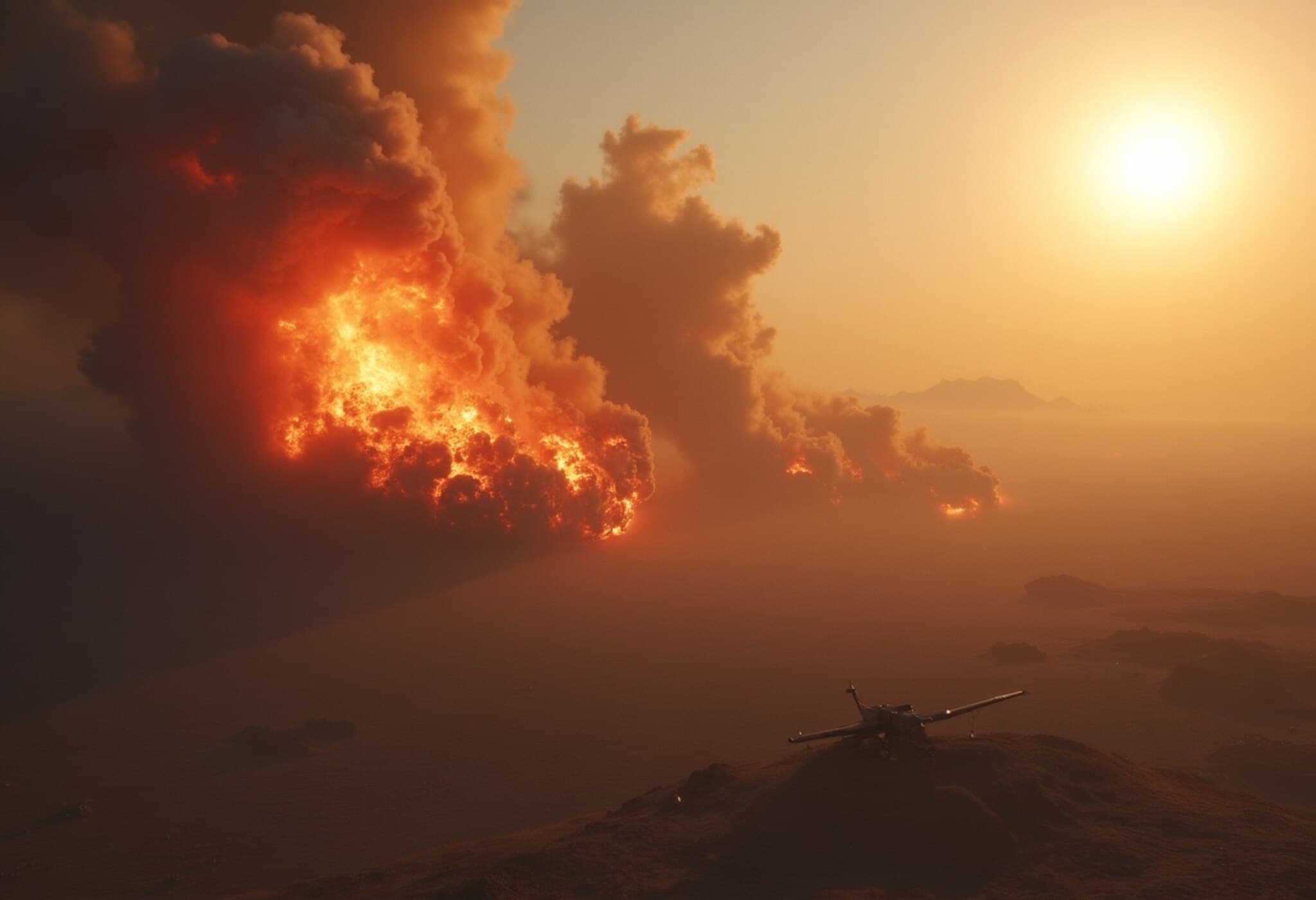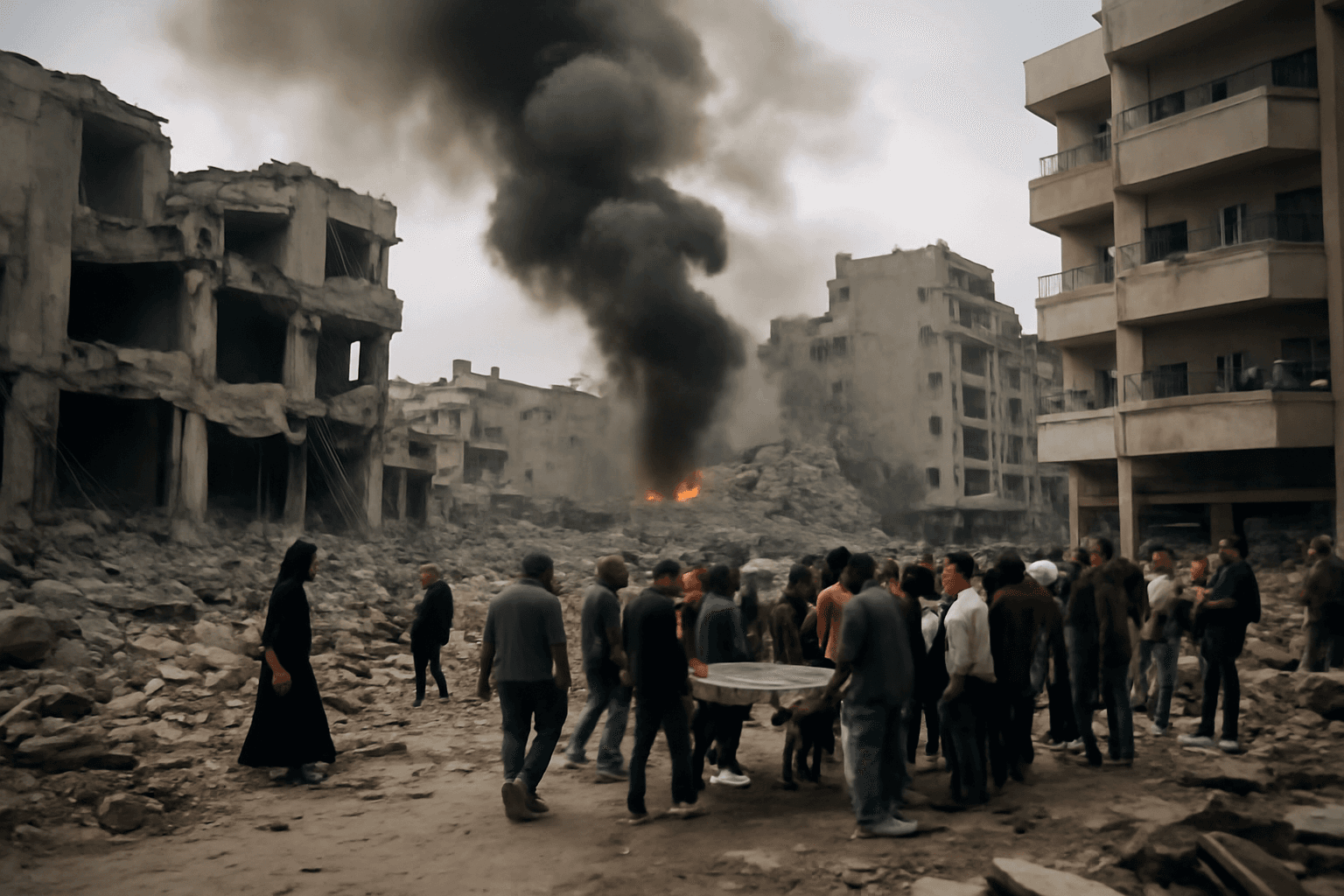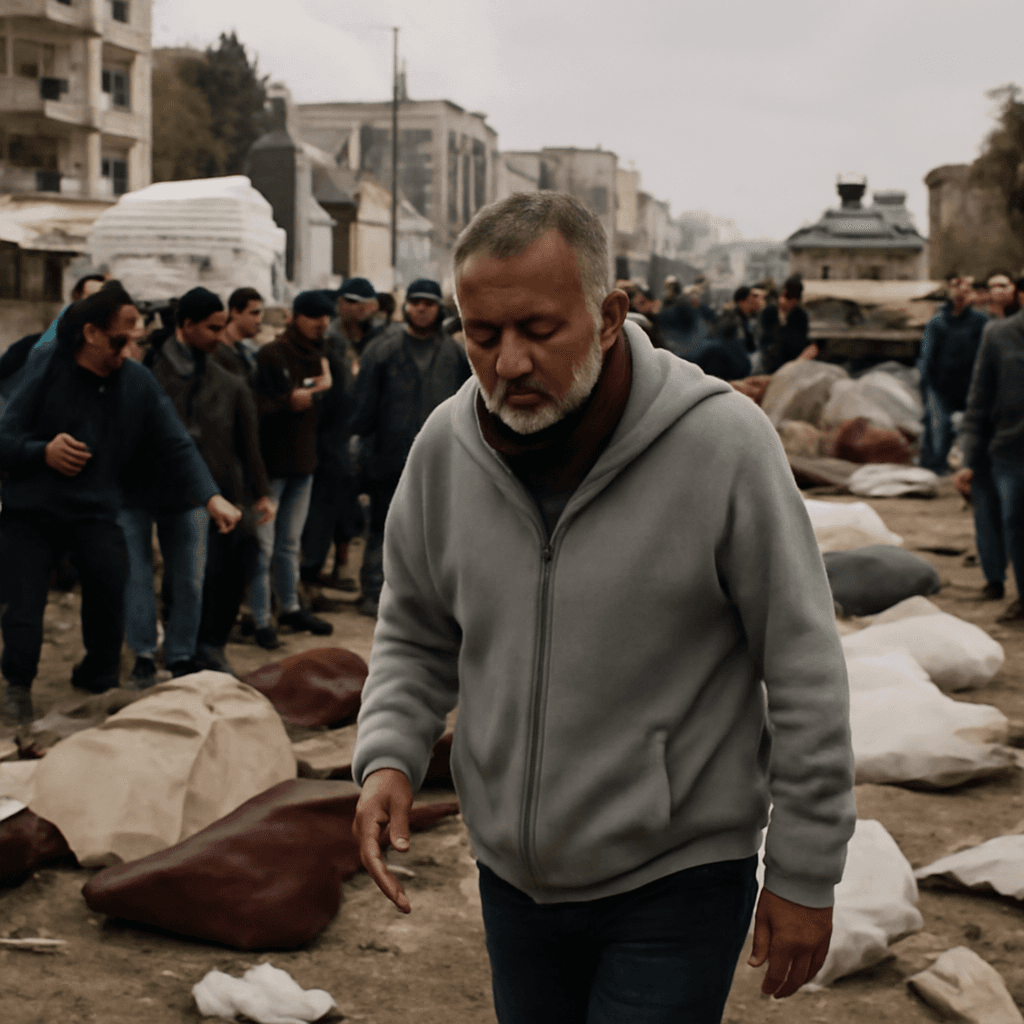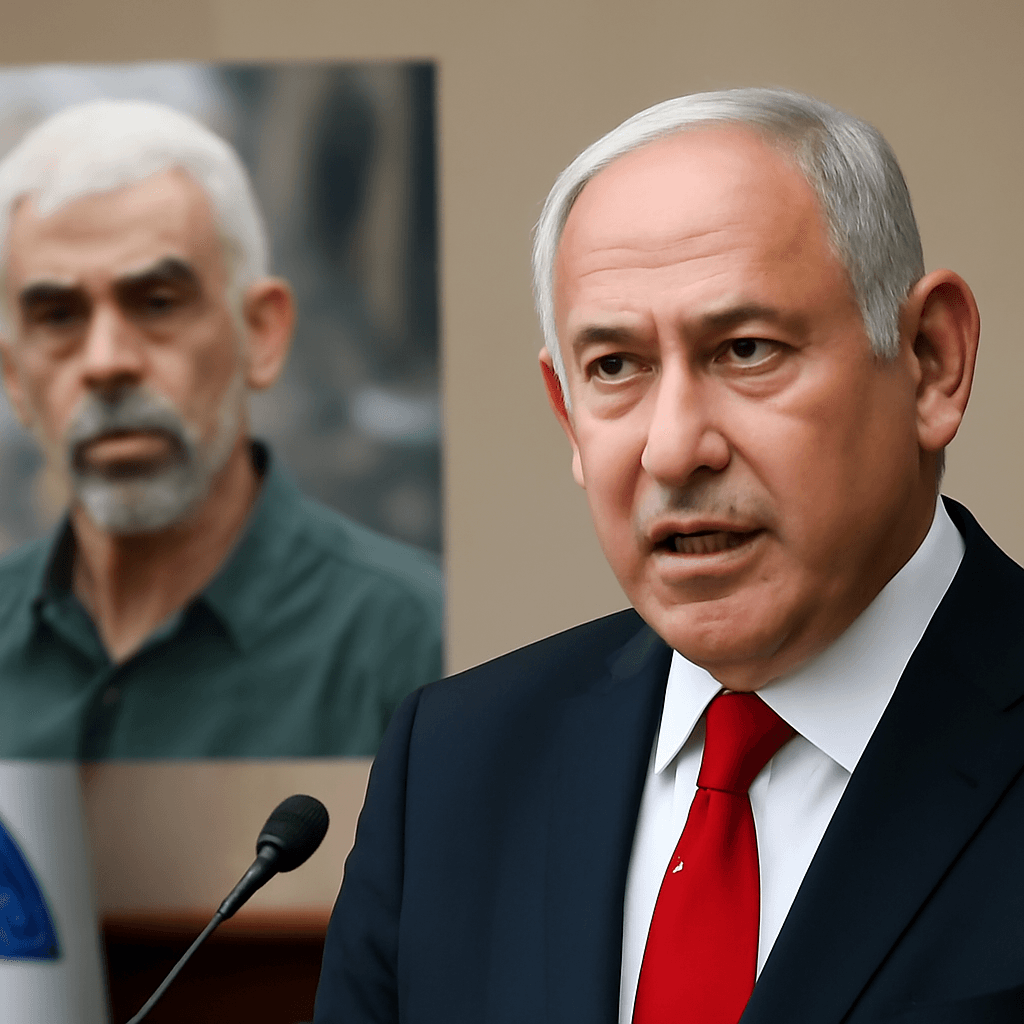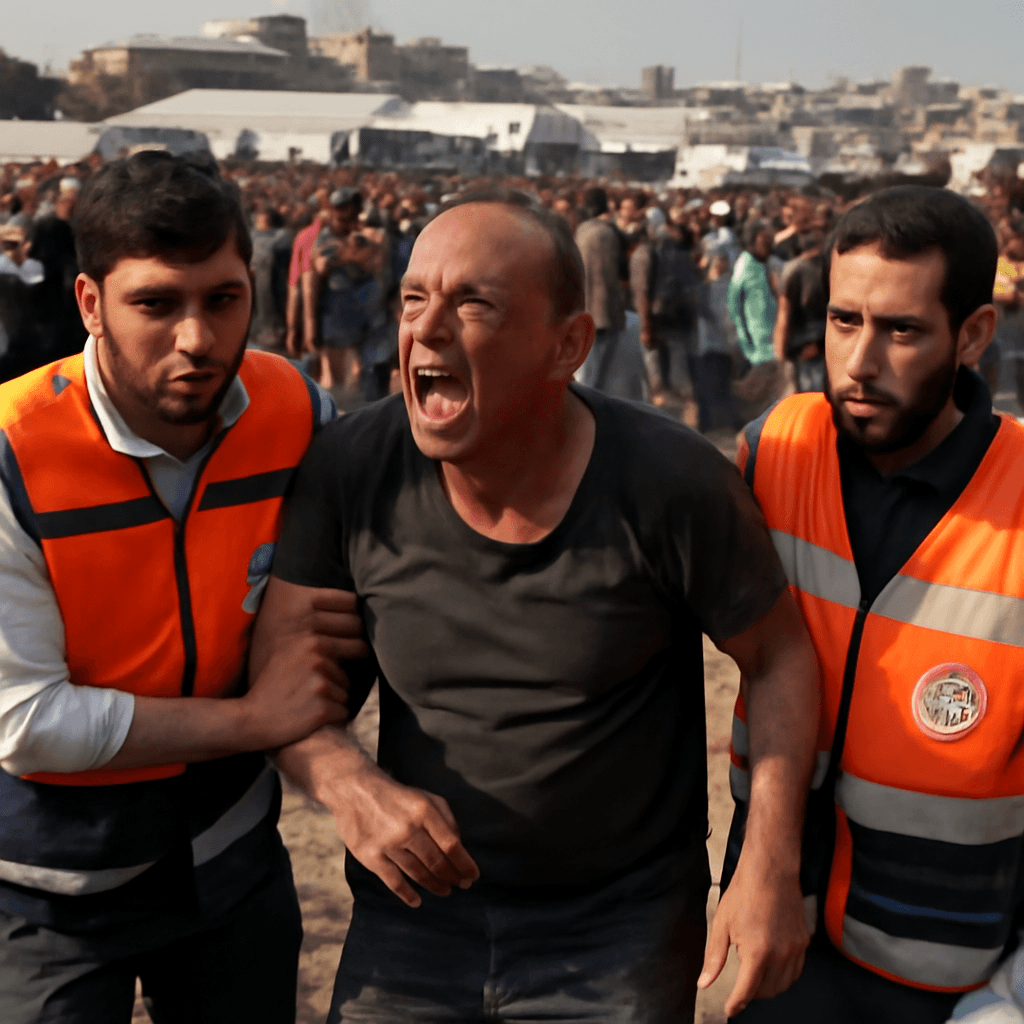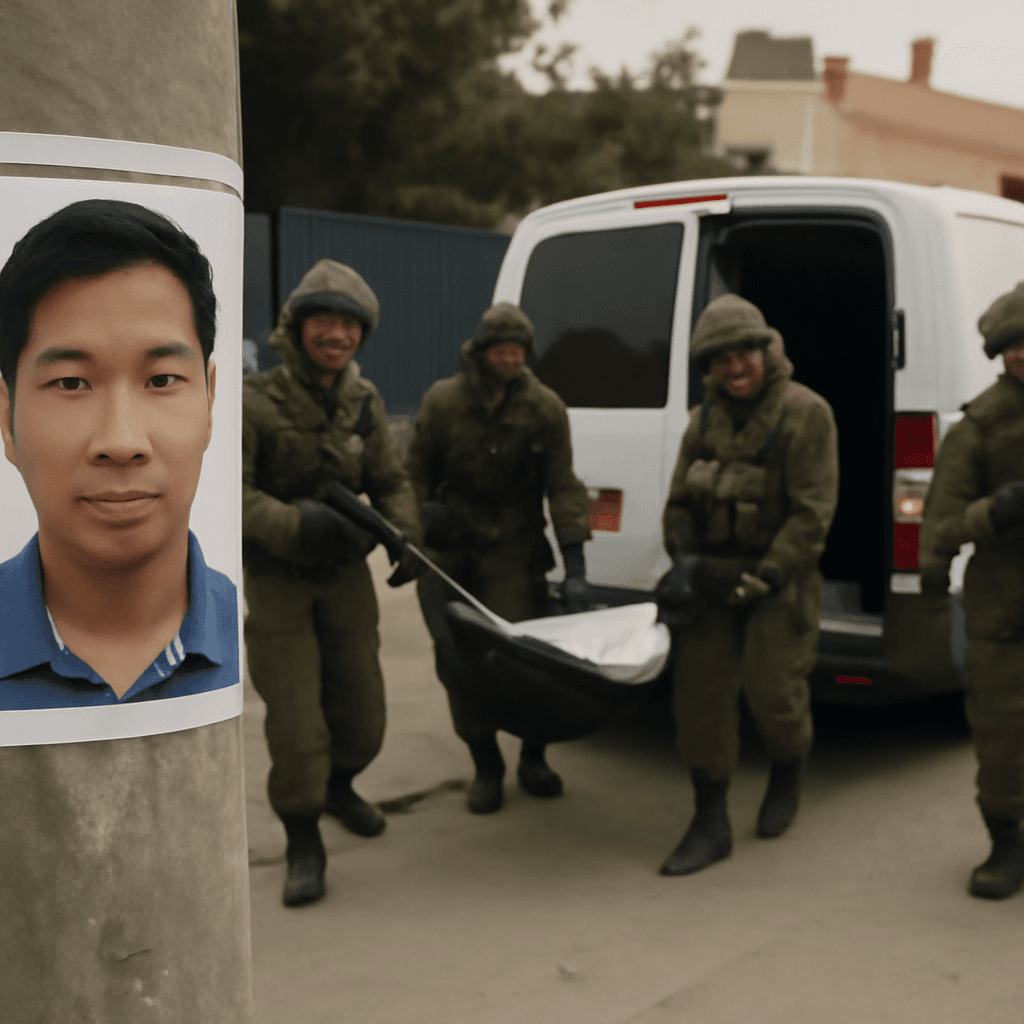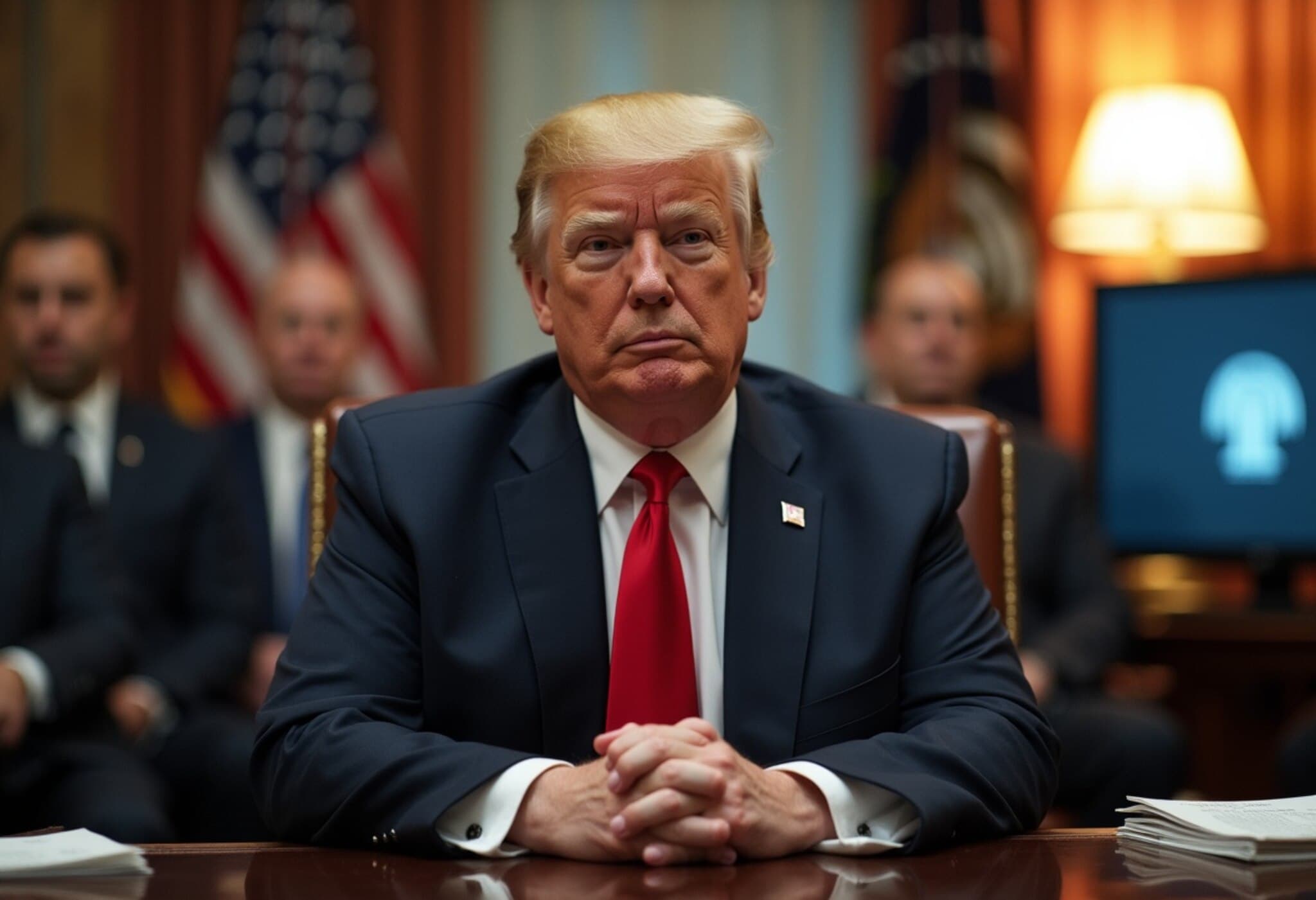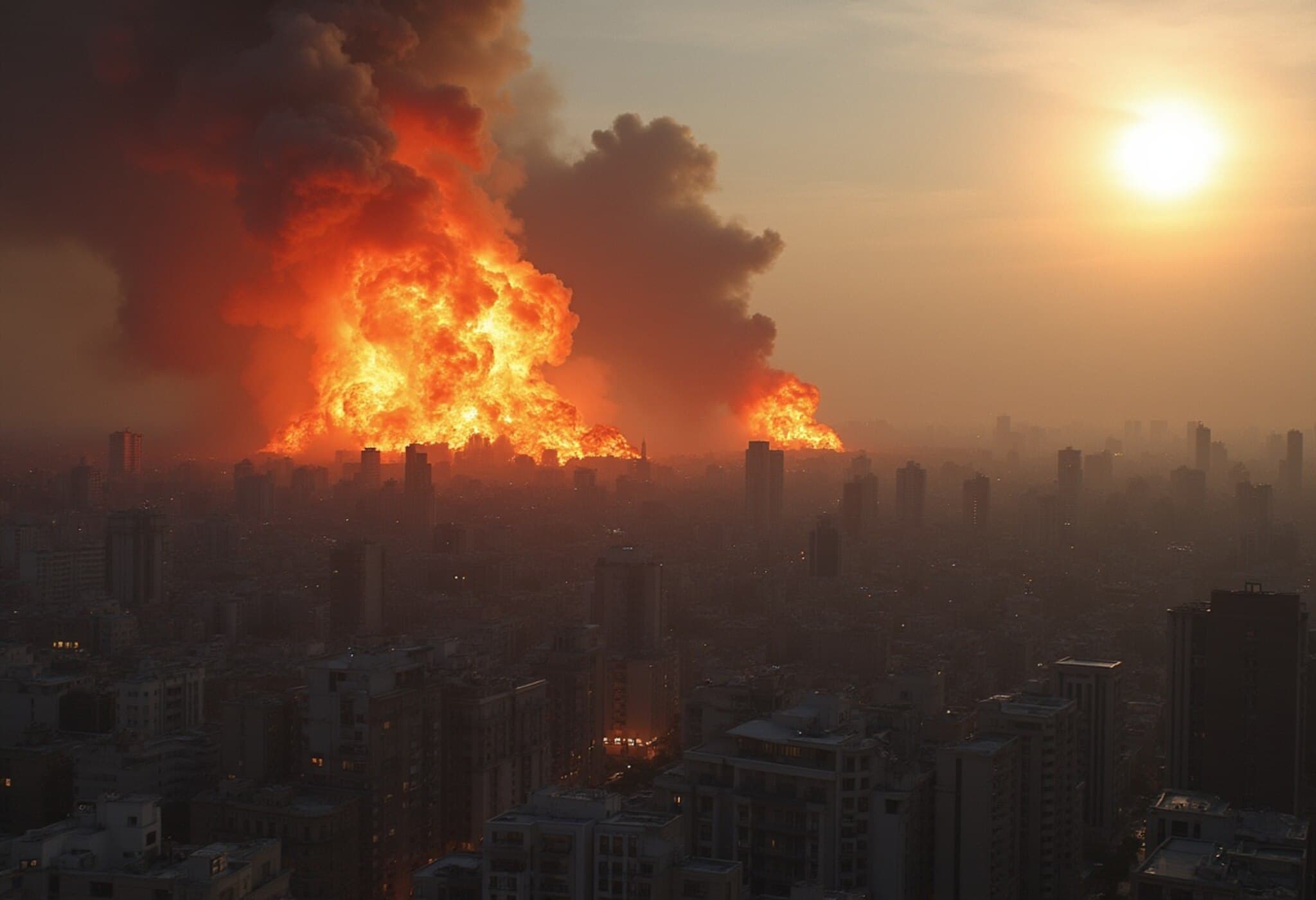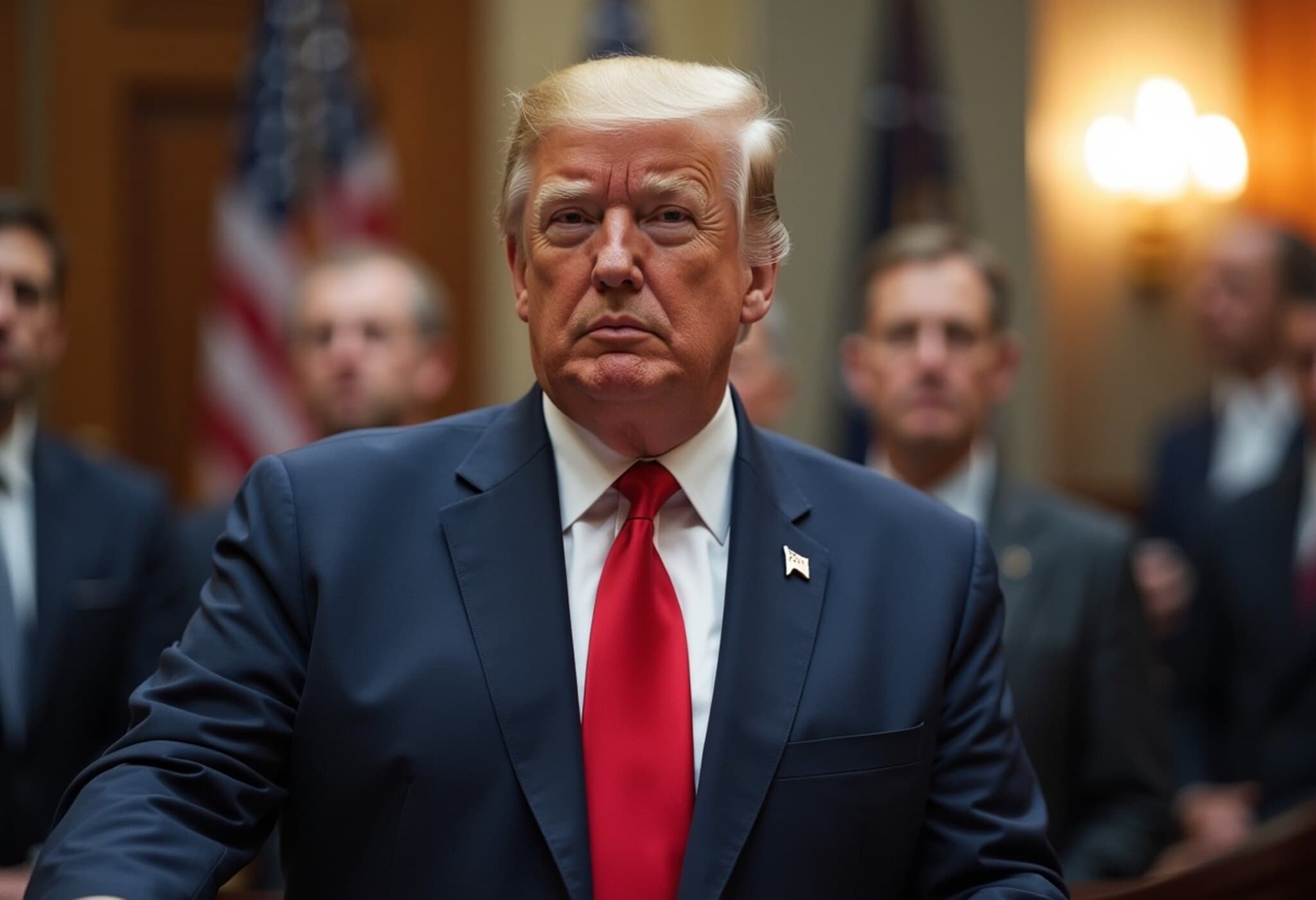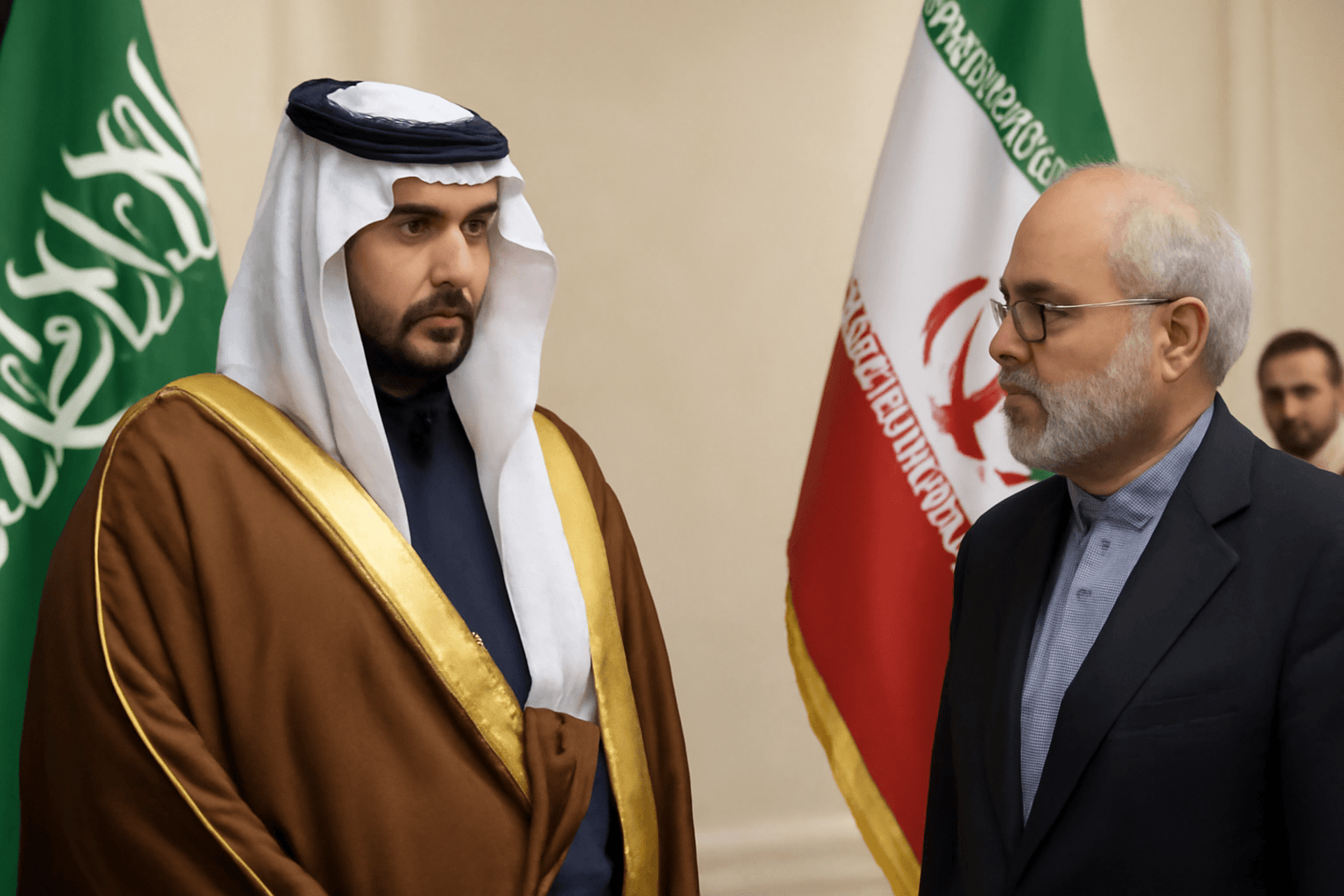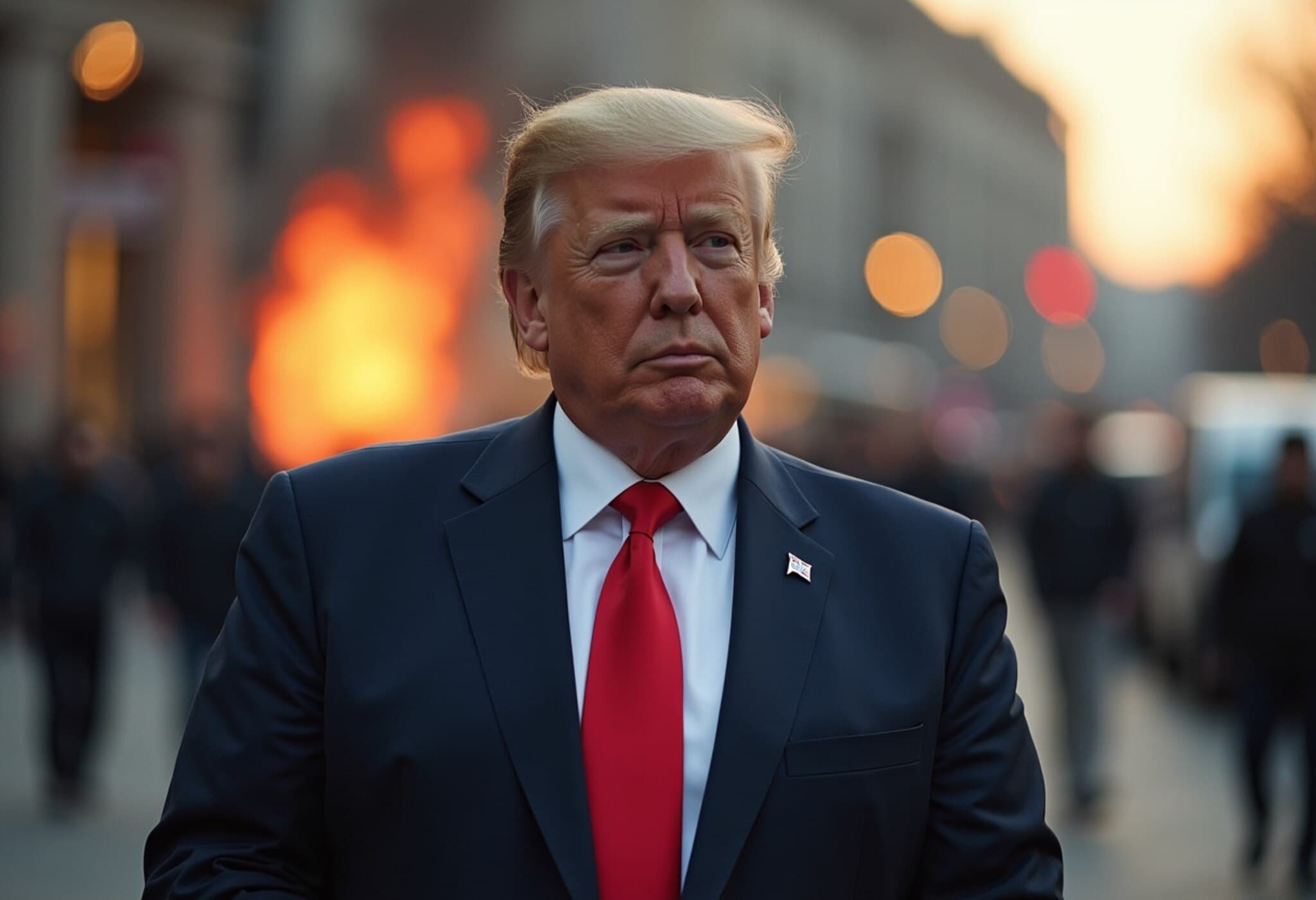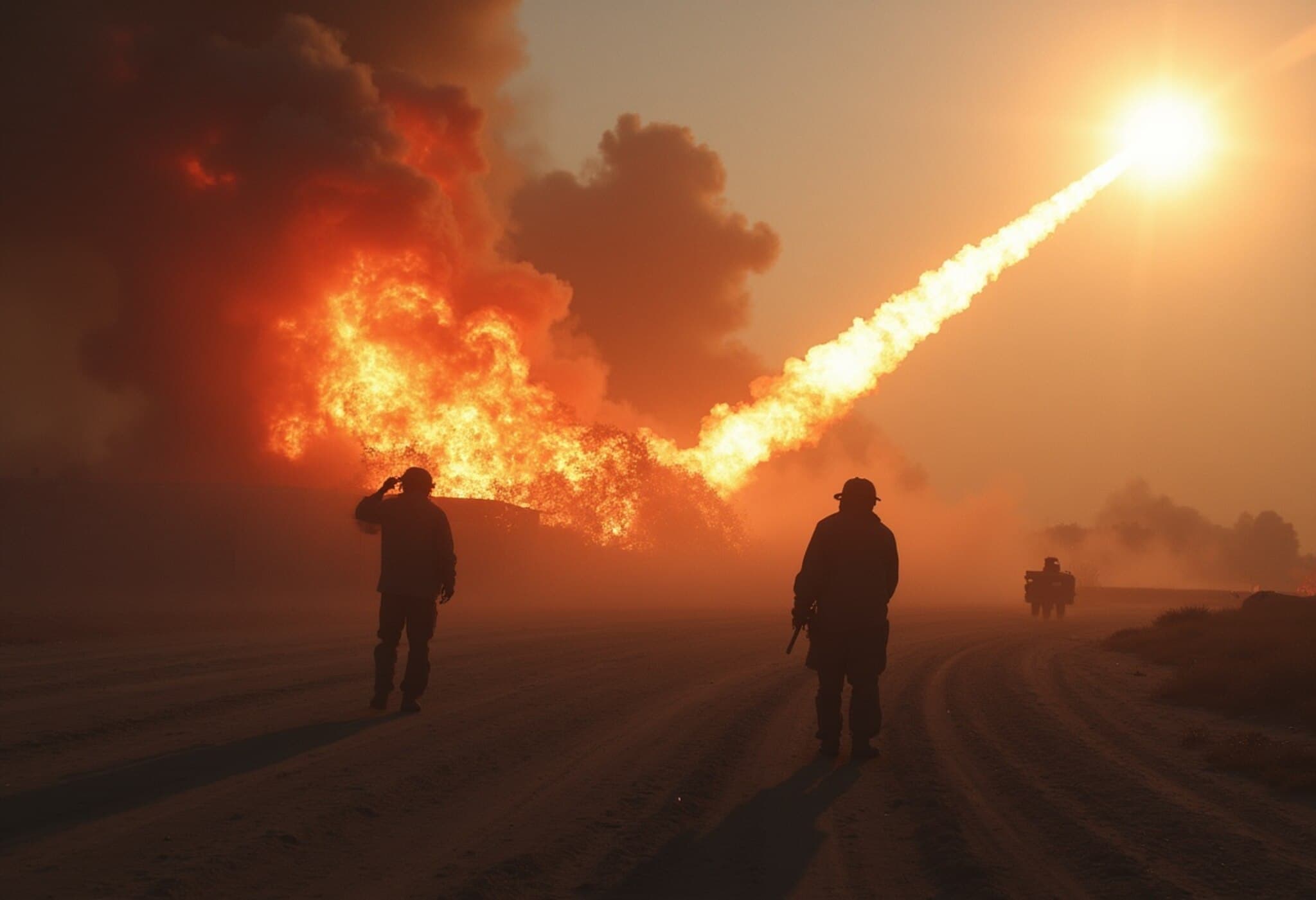US Launches Precision Strikes on Iranian Nuclear Facilities
In a dramatic escalation of tensions in the Middle East, US President Donald Trump announced a series of precision airstrikes targeting Iran's nuclear infrastructure. The attacks aimed at three key sites—Fordow, Natanz, and Esfahan—mark a significant move in the ongoing conflict, with Trump signaling that the United States remains prepared to take further military action if peace efforts fail.
Trump's Firm Message from the White House
Addressing the nation from the White House, President Trump emphasized the severity of the operation and the capability of the US military. “Remember, there are many targets left,” he warned. “Tonight was the toughest and perhaps the most lethal strike we have carried out. But if peace does not come quickly, we will hit those other targets with precision, speed, and skill.”
Trump praised the operation’s success, describing the US military's unprecedented ability to neutralize these nuclear sites in mere minutes. “No other military in the world could have accomplished what we did tonight. This operation marks a milestone unseen in many decades,” he stated, underscoring American military might.
Behind the Scenes: The Military Operation
Details emerging from defense sources reveal that the US deployed six B-2 stealth bombers to drop multiple "bunker buster" bombs on the Fordow site, an underground uranium enrichment facility. Alongside, Navy submarines launched 30 Tomahawk Land Attack Missiles (TLAMs) targeting the Natanz and Esfahan sites. A B-2 bomber also struck Natanz with additional bunker-busting ordnance.
Fordow and Natanz are among Iran’s principal uranium enrichment centers, critical to the country’s nuclear ambitions. Natanz had already been hit earlier in the week in separate strikes, adding fuel to the region's escalating tensions.
Context: Escalating Regional Conflict
The US strikes come amidst the ninth day of heightened conflict between Israel and Iran. Israel initiated a widening campaign, named "Operation Rising Lion," with airstrikes on Iranian military and nuclear targets starting June 13. In response, Iran's Islamic Revolutionary Guard Corps launched 'Operation True Promise 3,' an extensive drone and missile assault aimed at Israeli energy and military infrastructure.
Diplomacy or Military Action?
Just days before these bombings, President Trump had opened a two-week window for diplomatic negotiations to de-escalate tensions. However, with diplomacy apparently stalled, the military response indicates a hardening stance.
Trump acknowledged the complexity and seriousness of the mission, asserting a hope that military force would not be required in the future. He extended gratitude to American service members and the Israeli military for their roles while invoking a plea for divine protection over the troops and the region.
Upcoming Developments
Secretary of Defense Pete Hegseth and Chairman of the Joint Chiefs of Staff Air Force General Dan Caine are scheduled to provide further details in a Pentagon press conference. Observers anticipate explanations on operational specifics, strategic objectives, and the potential next steps in this volatile conflict.
Implications for the Middle East
The United States’ direct military involvement signals a new phase in Middle Eastern tensions. With critical nuclear sites now severely damaged and the threat of further strikes looming, the region faces a precarious balance between conflict and the possibility of negotiated peace.
As the situation evolves, international eyes remain fixed on Washington and Tehran, hoping for de-escalation amid rising uncertainty.

